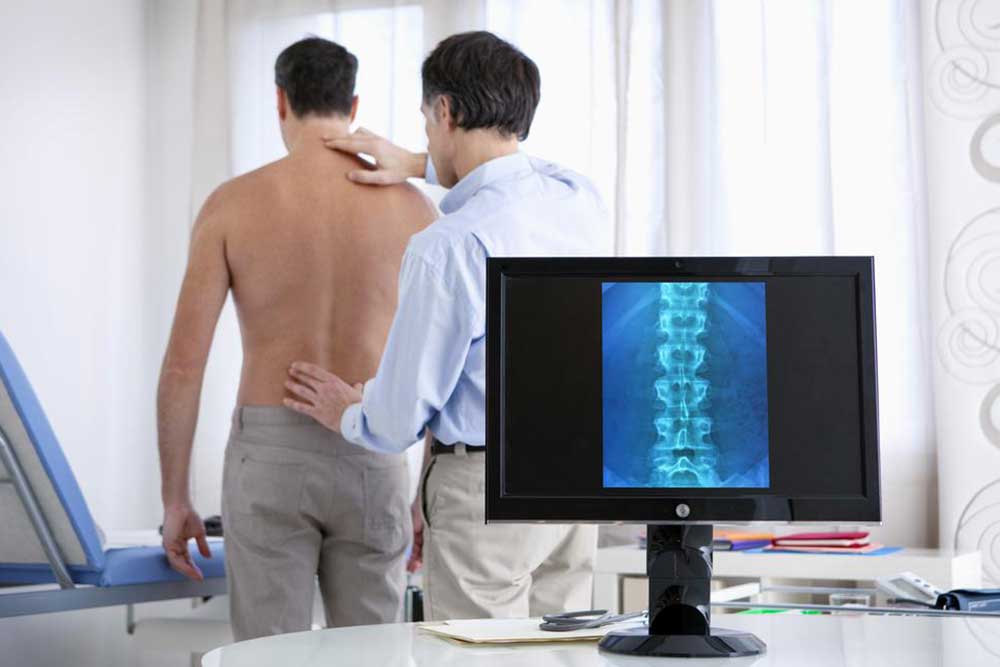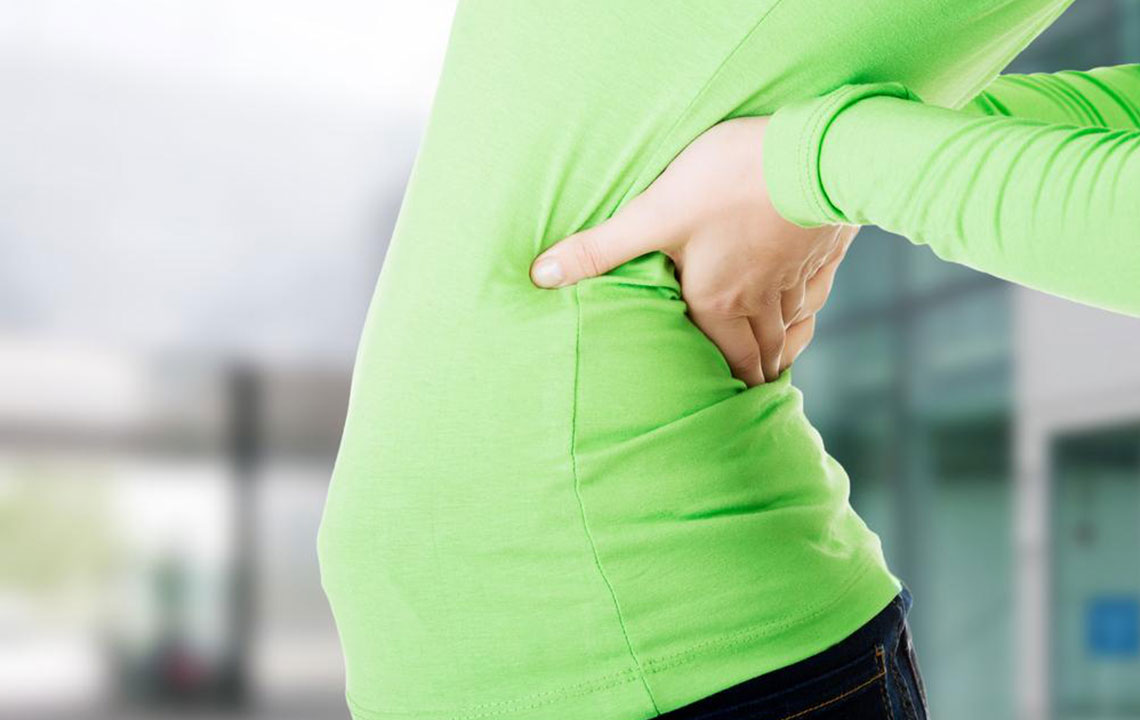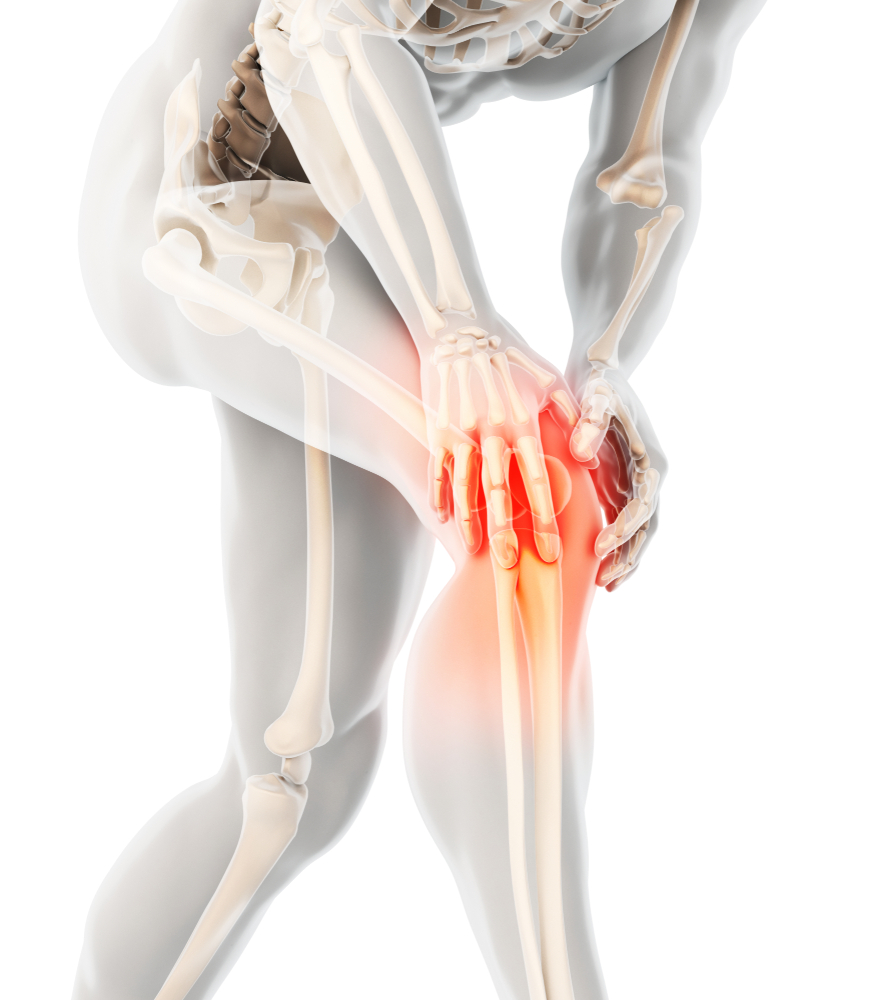Signs and Indicators of Spinal Compression Fractures
Learn about the key signs of spinal compression fractures including back pain, height loss, and breathing issues. Early recognition and medical consultation are crucial for effective management, especially for women over 50 at risk of osteoporosis-related fractures.

Signs and Indicators of Spinal Compression Fractures
Back pain is a common symptom associated with spinal compression fractures. This discomfort may appear suddenly or develop gradually, often worsening over time. Osteoporosis is the primary cause in many cases. Women over 50 should seek medical advice to reduce the risk of subsequent vertebral fractures through early diagnosis and appropriate treatment.
Compression fractures can significantly alter the spine’s structure, causing parts of the vertebrae to collapse and impair the spine's ability to support the body.
These changes can impact overall body function.
Here are key symptoms that may indicate a spinal compression fracture:
Spinal Curvature or Kyphosis
Collapsed vertebrae create a wedge shape, causing the spine to bend forward. This results in intense back and neck pain as the body adapts to the new posture.
Reduction in Height
Repeated fractures gradually shorten the spine. Over time, this leads to noticeable height loss, especially when multiple vertebrae collapse.
Breathing Difficulties
Severe compression can interfere with lung function, leading to breathing issues.
Hip Discomfort
A collapsing spine reduces the distance between the rib cage and hips. When bones contact each other, it may cause significant hip pain.
Digestive Issues
As the spine shortens, it can press against the stomach, resulting in digestive problems such as decreased appetite, weight loss, and constipation.
Symptoms can differ among individuals. If back pain is present alongside any of these signs, consulting a healthcare professional is essential to determine the cause and start appropriate treatment.










